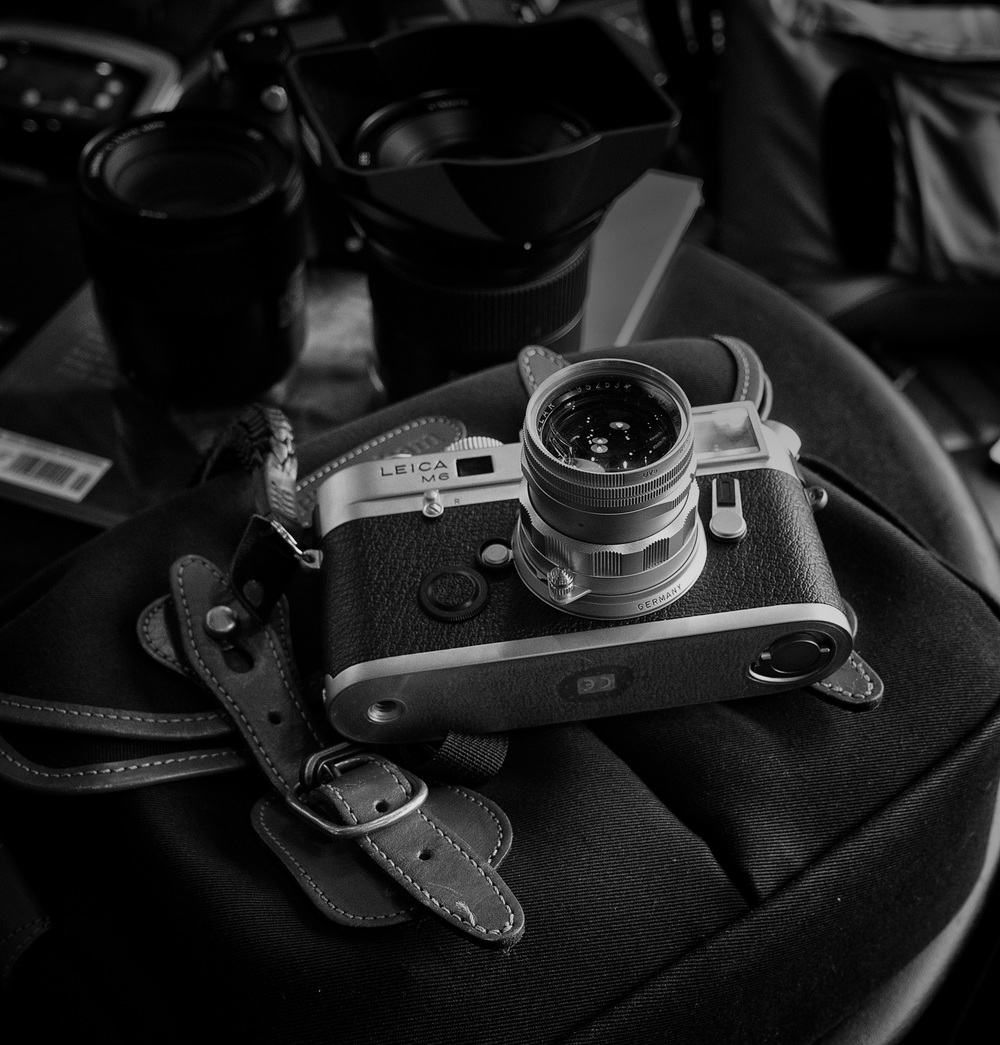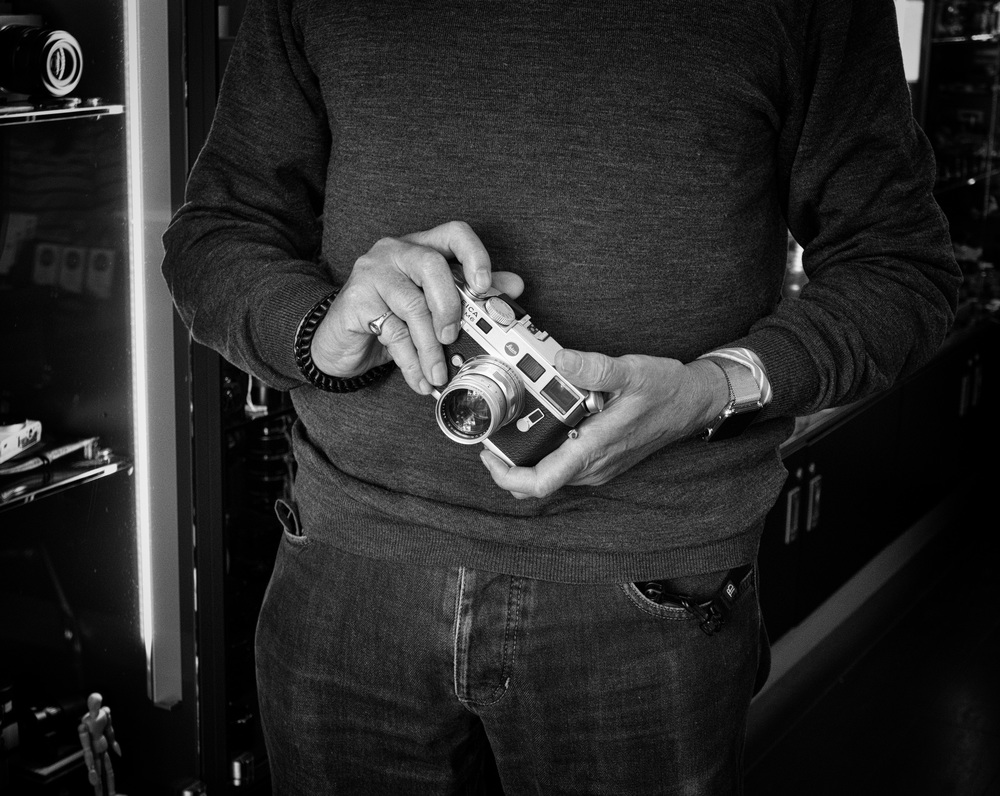
Film is making a big comeback, perhaps in reaction to the technological excess of the digital age. To have a camera with just two controls, aperture and shutter speed, is quite a tonic after wrestling with a modern digital camera, even a Leica digital which prides itself on minimal controls.
Sales of old film cameras are booming and one manufacturer in particular is benefiting. Leica is still making film cameras, with no fewer than three models on the shelves—the automatic M7, the semi-automatic MP and the back-to-basics MA without even a light meter to help you find your way. But the beauty of film is that almost any Leica, certainly any Leica since the M3 in 1954, will produce great results—depending on lens, of course. Even the older pre-1959 twin-viewfinder IIIs produce surprisingly good results despite the need to use the older screw-mount lenses which are less technically advanced than more modern M-mount optics.

So it isn’t necessary to spend a fortune on a film camera to ensure first-class results. A battered but serviceable M3 can be had from around £350-400 while even a modern M6 or M7 can be snapped up for not much more than twice that price.
When you buy one of these cameras you are looking at negligible depreciation, unlike the case with digitals. There’s even a prospect of appreciation rather than depreciation, thus paving the way for really cheap photography. In fact, the lack of depreciation more than compensates for the cost of film and developing.
With this new-found popularity, with many younger photographers encountering film for the first time, comes X-ray angst. What happens when your precious developed film is forcibly pushed through the scanner at the airport? In most cases it isn’t any use protesting. Security staff have their orders and, frankly, the incidence of film being carried in hand luggage is pretty rare so it isn’t something they probably spend much time thinking about, nor feeling inclined to hand search.
I was therefore interested to read Bellamy Hunt’s experiences in passing through London Heathrow. Bellamy is the man behind the successful Japanese photographic site, Japan Camera Hunter, and has a big following among photographers worldwide. He’s a big film man and his article, which you can find here, makes for fascinating reading.

That’s very weird Mike… I read that piece around ten days ago and if you had asked me, I would have sworn that I read it in this blog.
Anyway, I had recently had the similar issue, travelling to Ireland, actually I used Luton airport for the first time in my life, as we were going to Tralee airport and there is one "Ryanair" flight a day from Luton. Oddly the people in Luton were OK, you might expect it to be the other way around. There was a comment from one of the belt workers that she hadn’t realised that the BBC were coming through today (even comedy!).
But in Tralee, on the return journey they did it, but they weren’t very nice about it, I realised that it was just down to luck.
Anyway, wherever I read it (apparently in Japan Camera Hunter), I bought from Amazon a small Domke lead lined bag, just for this purpose… It holds nine 35mm films.
Now all I have to do, is think of somewhere to go that is worth risking me taking another flight… I really don’t like the whole process… The only acceptable bit, being the actual flight.
Oh whilst in Ireland, I took some very nice pictures of sunsets on the extreme west coast of at the Great Blasket Islands, which is where my mother in law was born.
It’s a cliché, I know… but I took them with a Leica M2, some colour CineStill 50ASA film and a pinhole body cap + tripod and cable release. I had bulb shots from 12 seconds to over 50 seconds… My friend and myself, were doing frantic calculations with the Lumu (light meter app and meter for iPhone), the calculator and the stopwatch on the iPhone… Great larks.
Ah! You should write a story illustrated by the Irish pictures and I will publish it. Don’t pay anything, mind, since there is no advertising and the blog is a labour of love. But you will get the satisfaction!